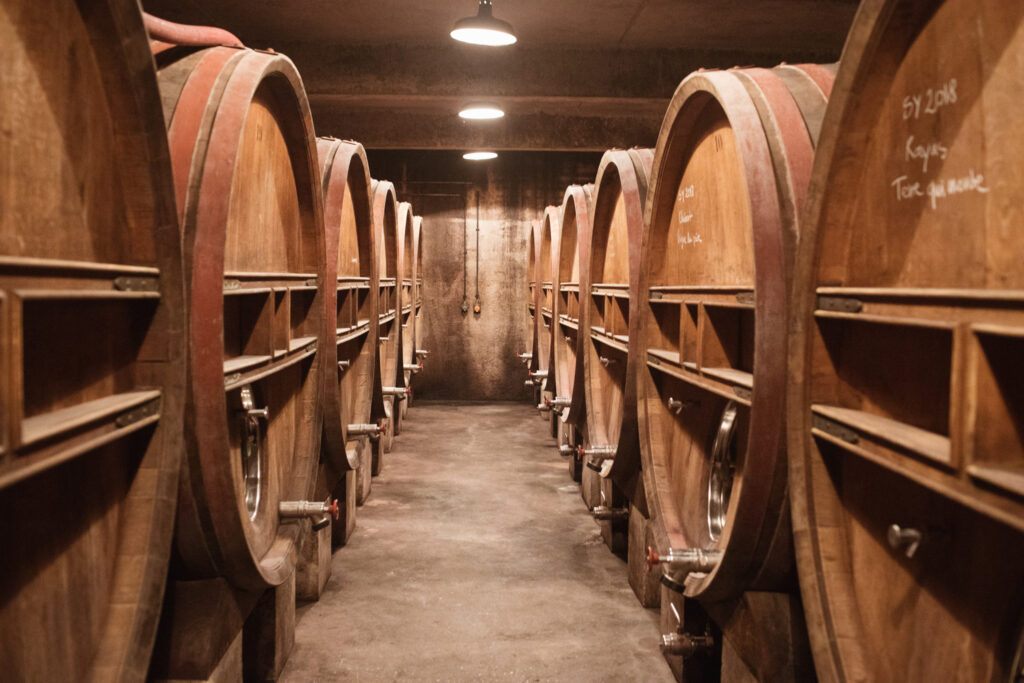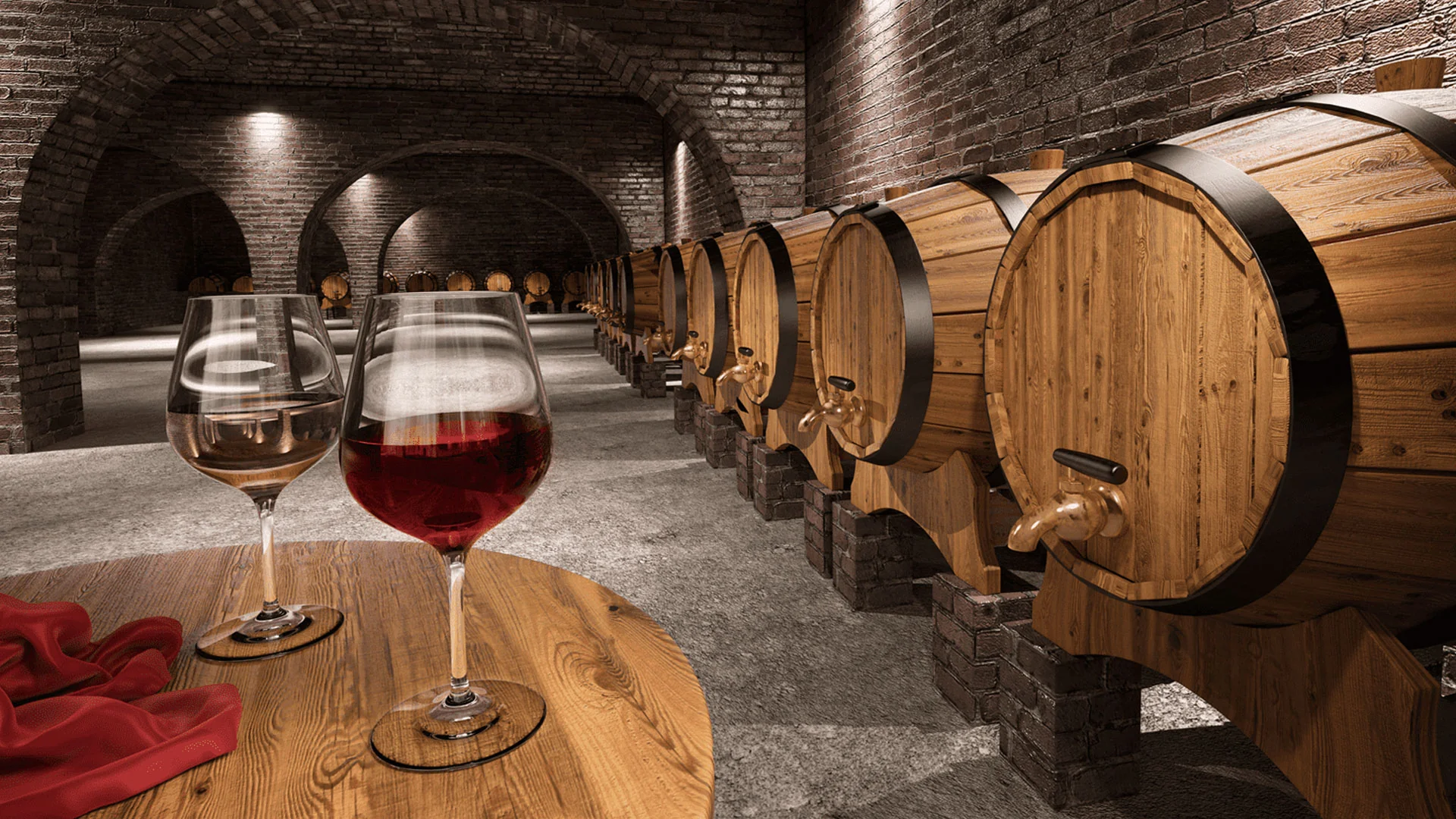Not all wines are created equal when it comes to aging potential. While many bottles are designed to be enjoyed immediately, certain wines possess unique characteristics that allow them to develop extraordinary complexity and depth over time. Understanding what makes a wine worth aging can help you make informed decisions about which bottles deserve a place in your cellar and which should be enjoyed while young and fresh. The transformation that occurs during proper aging is nothing short of magical – primary fruit flavors evolve into complex tertiary notes, harsh tannins soften into silky textures, and the wine develops layers of complexity that simply cannot be achieved through any other means than patience and time.
The Four Pillars of Age-Worthy Wine
High Acidity: The Foundation of Longevity
Acidity serves as wine’s natural preservative and is perhaps the most crucial factor in determining aging potential. Wines with higher acidity levels maintain their freshness and structural integrity as they age, providing what experts call a “longer runway” for development. As wines age, they gradually lose acidity, so bottles that begin with robust acid levels can withstand this natural decline while maintaining balance.
White wines like German Riesling, white Burgundy, and Loire Valley Chenin Blanc exemplify this principle, with some capable of aging gracefully for 2-30 years, depending on the specific style and vintage. The acidity not only preserves the wine but also helps integrate other flavor components as the wine matures.
Tannin Structure: The Backbone of Red Wine Aging

Tannins, primarily found in red wines, act as natural preservatives and provide the structural foundation necessary for long-term aging. These compounds, extracted from grape skins, seeds, and stems during winemaking, gradually soften and integrate over time, transforming initially harsh or astringent wines into smooth, complex expressions.
Red wines with exceptional aging potential include Cabernet Sauvignon (4-20 years), Nebbiolo (4-20 years), and classified Bordeaux wines (8-25 years). The key is finding wines with well-balanced tannins that provide structure without overwhelming the fruit character.
Alcohol Levels: The Goldilocks Principle
Contrary to what many believe, lower alcohol levels generally indicate better aging potential in non-fortified wines. Wines with alcohol below 13.5% tend to age more gracefully, as higher alcohol can cause wines to turn to vinegar more quickly. However, this rule has notable exceptions, particularly with fortified wines like Vintage Port, which can age for 20-50 years despite their high alcohol content.
Residual Sugar: Nature’s Preservative
Sweet wines often possess exceptional aging potential due to sugar’s natural preservative properties. Botrytized wines can age for 5-25 years, while dessert wines like Sauternes and Tokaji develop incredible complexity over decades. The sugar content helps protect these wines from oxidation while allowing them to develop honeyed, caramelized flavors that emerge only with time.
Additional Factors That Influence Aging Potential
Grape Variety and Vintage Quality
Certain grape varieties possess inherent characteristics that make them naturally suited for aging. Varieties like Cabernet Sauvignon, Nebbiolo, and Syrah have thick skins and high tannin levels that provide the structure necessary for long-term development. Additionally, exceptional vintage conditions – optimal weather, proper ripeness, and careful vineyard management – significantly impact a wine’s aging potential.
Winemaking Techniques and Storage Conditions
The winemaking process plays a crucial role in determining aging potential. Factors such as oak aging, fermentation techniques, and extraction levels during maceration all influence how wine evolves over time. Proper storage conditions – consistent cool temperatures (13-15°C), adequate humidity (around 70%), and protection from light – are essential for allowing wines to reach their full aging potential.
Understanding these factors empowers wine enthusiasts to make informed decisions about which bottles to age and which to enjoy immediately, ultimately enhancing their wine journey and cellar investment.


